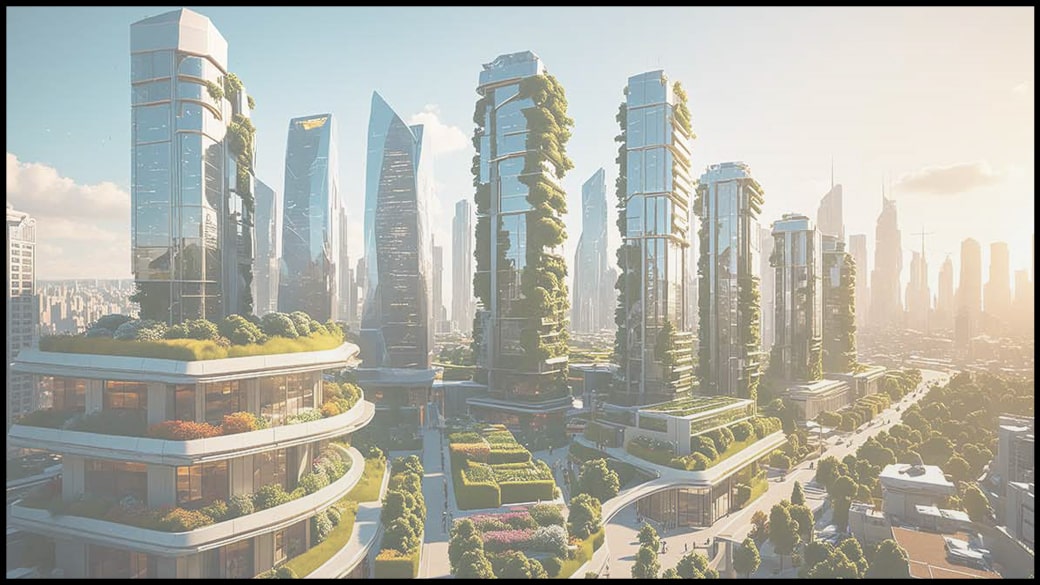The Impact of Eco-Friendly Architecture on Modern Real Estate
 Yasir Imtiaz
Yasir Imtiaz
The Rise of Eco-Friendly Architecture
In recent years, eco-friendly architecture has gained a significant element in real estate. As concerns about environmental sustainability grow, developers and architects increasingly embrace green building approaches. These eco-conscious designs reduce the ecological impression of new constructions and offer occupants financial and health benefits.
Benefits of Sustainable Building Materials
One key element of eco-friendly architecture is the usage of sustainable building materials. These materials are sourced and manufactured sustainably, minimizing harm to the environment. For instance, bamboo, recycled steel, and reclaimed wood have become popular choices. Using such materials helps preserve natural resources and reduce the carbon footprint of construction projects.
Energy Efficiency and Renewable Technologies
Eco-friendly buildings are invented with energy efficiency in mind. Incorporating solar panels, energy-efficient windows, and geothermal heating systems significantly reduces energy consumption. Furthermore, these buildings often use innovative technology to monitor and control energy use, enhancing overall efficiency. Renewable technologies lower utility costs and improve the environment by reducing reliance on fossil fuels.
Health and Well-being of Occupants
Green architecture focuses not only on environmental impact but also on the health and well-being of its occupants. Improved indoor air quality, access to natural light, and using non-toxic materials contribute to a healthier living and working environment. These elements enhance mood, boost productivity, and reduce the risk of respiratory diseases, proving that eco-friendly design has holistic benefits.
Economic Impact on the Real Estate Market
The shift towards eco-friendly architecture is also economically advantageous. Green buildings generally have higher market values and demand due to lower operating costs and enhanced living conditions. Investors and property buyers increasingly know these benefits, leading to a competitive advantage for developers prioritizing sustainable practices.
Future Trends in Green Architecture
Looking forward, the future of eco-friendly architecture appears promising. Innovations like vertical gardens, green roofs, and smart home systems will likely become more mainstream. Additionally, government policies and incentives are expected to encourage sustainable construction practices further, making green architecture a defining trend in the real estate industry.
In conclusion, eco-friendly architecture represents a pivotal shift towards sustainable living in the real estate sector. As innovation and technology progress, the opportunities to revolutionize how we live and interact with our environment are vast and exciting. Welcome aboard the green building movement. Together, we can make a better, sustainable world for prospective generations!
Subscribe to my newsletter
Read articles from Yasir Imtiaz directly inside your inbox. Subscribe to the newsletter, and don't miss out.
Written by

Yasir Imtiaz
Yasir Imtiaz
I am a business developer. I play an important role in the company's development. My creative business strategy, innovative ideas, and dedication helped it achieve its key goal.